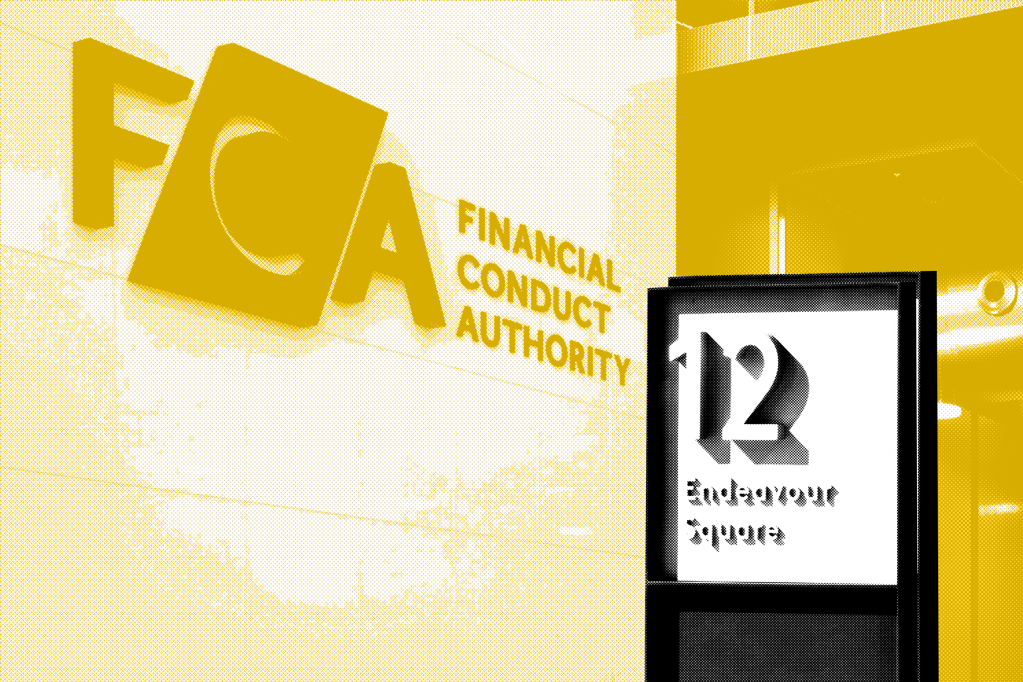The European Securities and Markets Authority (ESMA) is continuing to strengthen its supervisory regime focused on the ESG market.
Last month, ESMA was prioritizing ESG disclosures to help boost sustainable finance and to allow for the inclusion of ESG disclosures alongside market data quality. Now, the finance regulator has drawn up new guidelines and seeks input on how funds’ names in ESG and other sustainability-related terms should be used.
“With this consultation, ESMA continues to prioritise promoting transparency and tackling the risk of greenwashing as identified in the ESMA Strategy and Sustainable Finance Roadmap,” said Verena Ross, ESMA Chair.
Evidence of sustainability
To prevent misleading investors, ESMA thinks that green terms in funds’ names need to ‘be supported in a material way by evidence of sustainability characteristics or objectives that are reflected fairly and consistently in the fund’s investment objectives and policy’.
“This consultation seeks the views of stakeholders on a proposal to promote supervisory convergence in the assessment by NCAs (heads of the national competent authorities) of the use of ESG or sustainability-related terms in funds’ names.”
Some of the drafted guidelines that ESMA seeks feedback on are:
- a quantitative allocation threshold (80%) for the use of ESG related words;
- within the investments meeting the 80% threshold an additional minimum allocation threshold (50%) for the use of “sustainable” or any sustainability-related term;
- application of minimum safeguards to all investments for funds using such terms (exclusion criteria);
- additional considerations for specific types of funds (index and impact funds).
“The objective is to ensure that investors are protected against unsubstantiated or exaggerated sustainability claims while providing both NCAs and asset managers with clear and measurable criteria to assess names of funds including ESG or sustainability-related terms,” said Ross.
ESMA will review the feedback after February 20, 2023, and finalize the guidelines soon after. An additional transitional period of six months after the publication date is being proposed for those funds who launch prior to the date of the application of the new rules.













